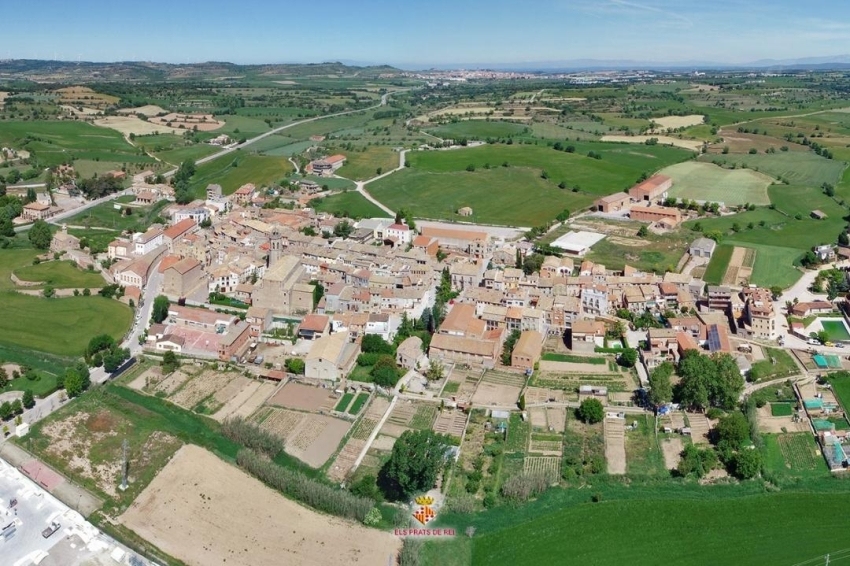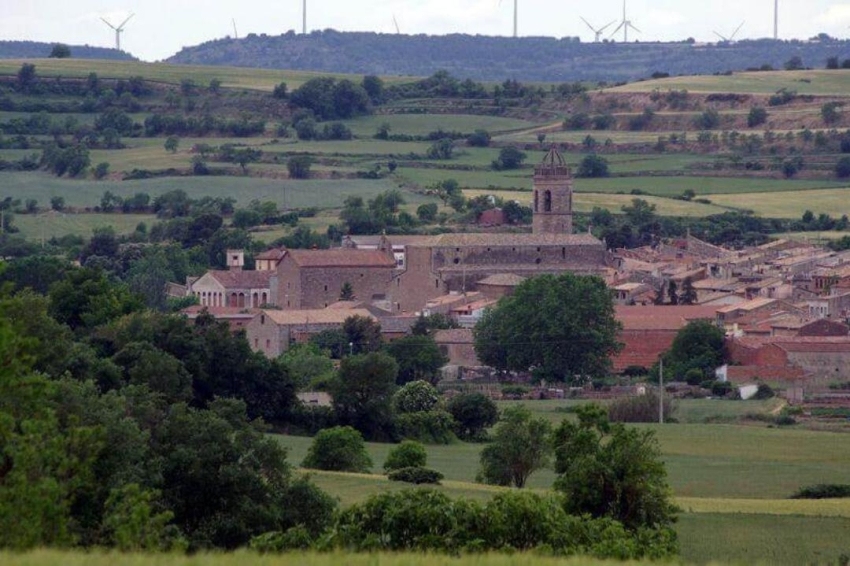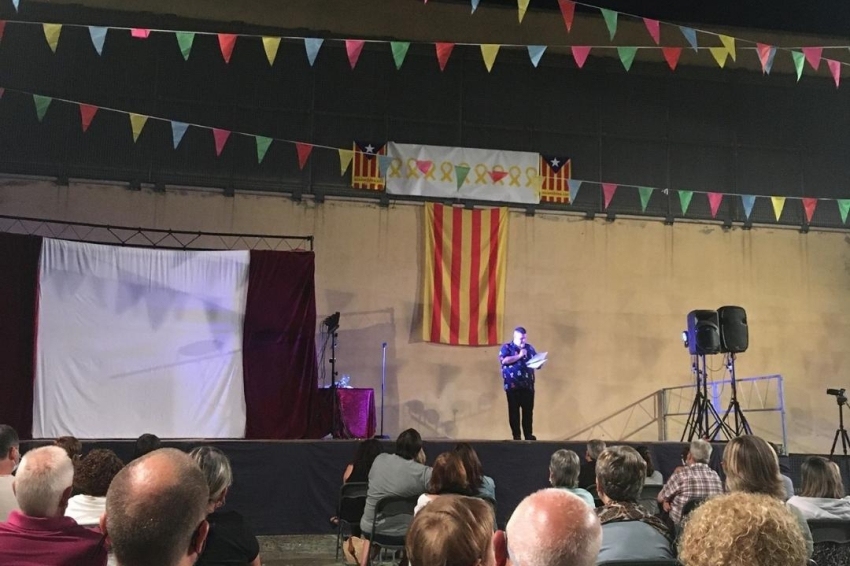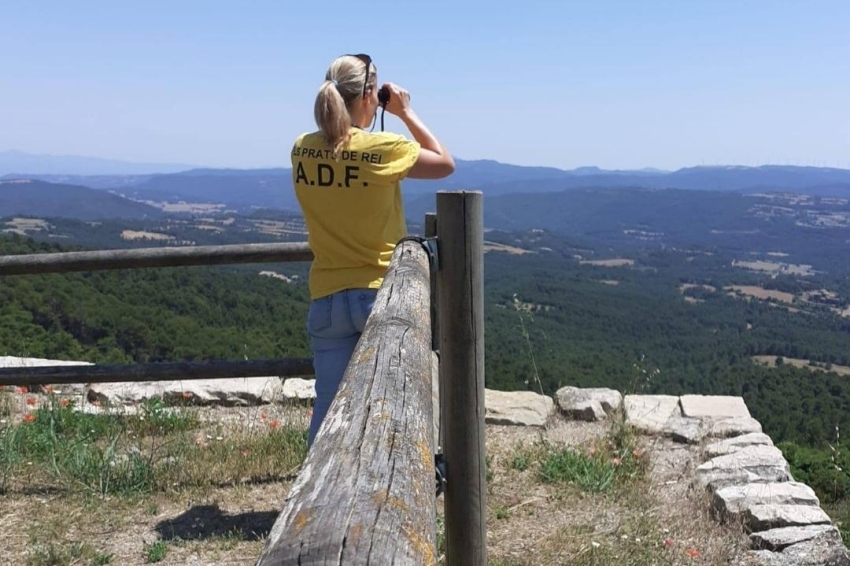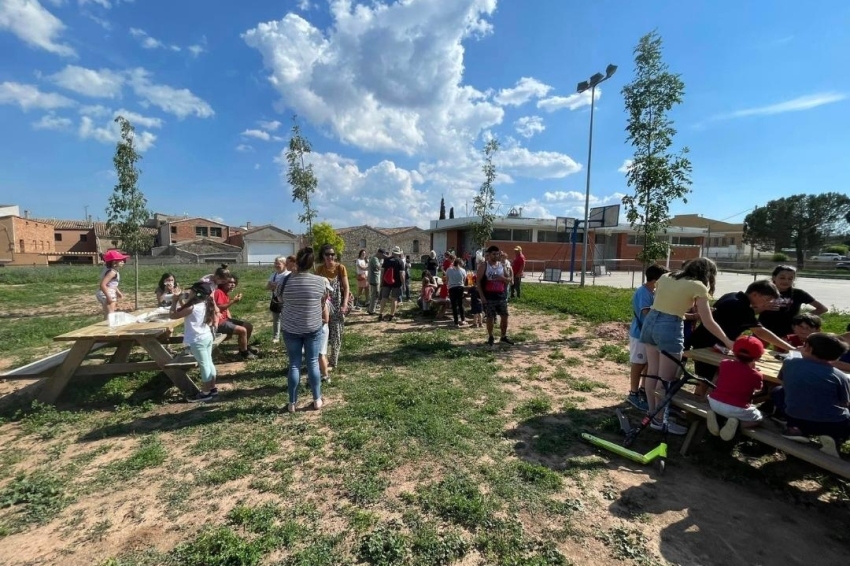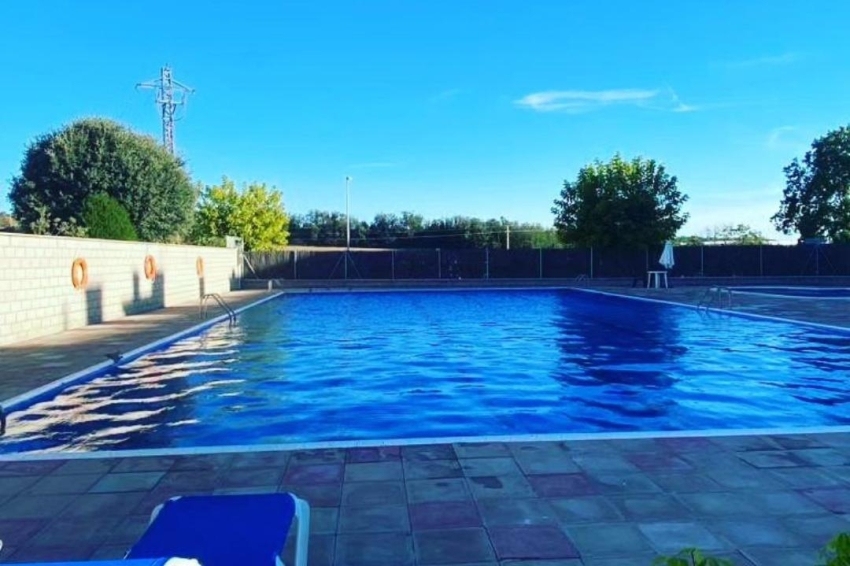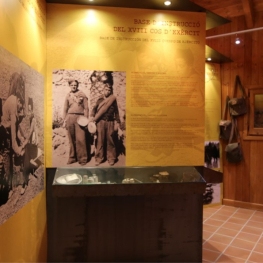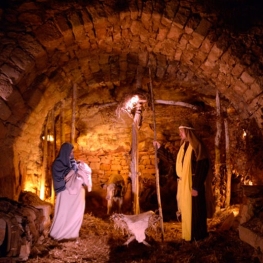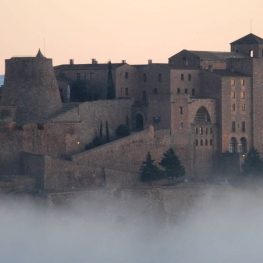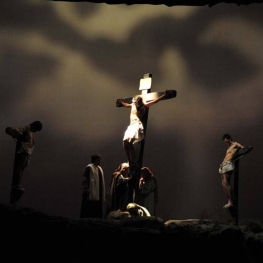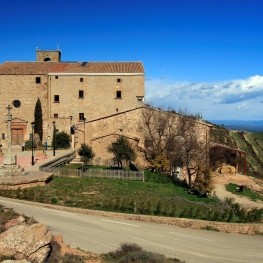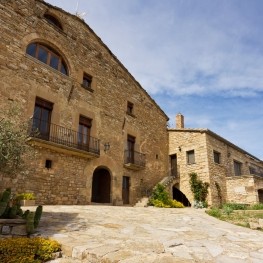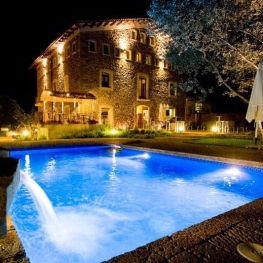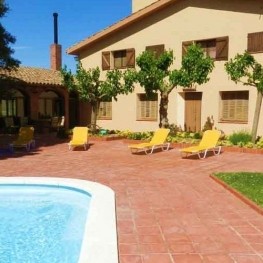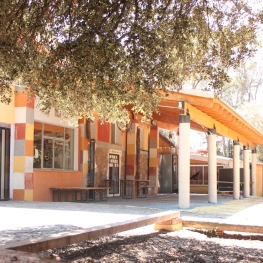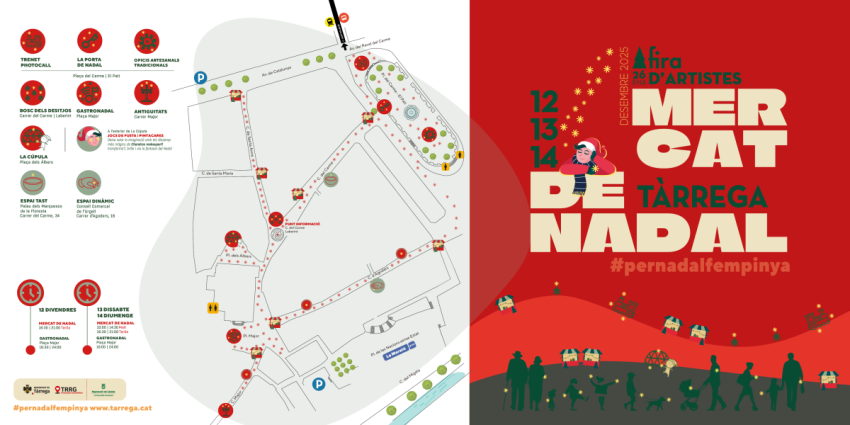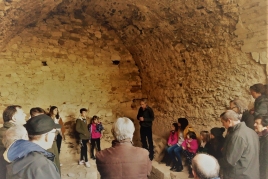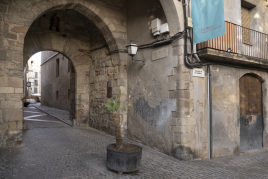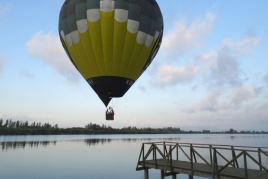Els Prats de Rei
Els Prats de Rei, 32.76 km long, with altitudes ranging between 600 and 700 m above sea level, is located on the Segarense plateaus of the Anoia region, at one end of the Central Depression and in the center of a small valley formed by the newly emerging Anoia River, the beginning of the descent towards the Conca de Òdena basin.
The municipal area with capricious and irregular shapes borders those of Calaf, Sant Martí Sesgueioles, Pujalt, Veciana,Sant Pere Sallavinera, Aguilar de Segarra and Rubió. The strange shape of the terminal limits is due to the annexations of ancient fours, terms and jurisdictions, and to privileges granted in times long past.
The municipality is made up of the town of Els Prats de Rei, located in the center of the municipality, and the urban centers and villages of Manresana, Solanelles, Puigdemàger, Seguers and Quadra del Galí.
HISTORY
We can place the origin of Els Prats de Rei in the prehistoric era from which remains have been found, examples are the funerary elements found in the Pedrafita area or the dolmen of the Three Kings. Later, the lands known today as Els Prats de Rei grew thanks to trade and the importance that this area acquired as it became a crossing point for many of the roads that crossed central Catalonia, which meant that it was increasingly center of interest for the different peoples who entered: Carolingians, Muslims, etc. until, during the War of Succession (1711) it was the scene of the Battle of Els Prats de Rei in which the Bourbon and Austrian troops clashed.
During the modern era the population grew and became more important until the mid-20th century with a fairly active cultural life that made the town grow. Today, Els Prats de Rei is a town that lives halfway between Manresa and Cervera, two of the most important and notable towns in inland Catalonia, and continues to enjoy the privileges that its location and environment provide.
Els Prats de Rei is one of the few towns in Catalonia where we find traces of various civilizations, of which the historic site is full of witnesses. That is why walking through its streets we came across the porticoed Plaza Mayor, a heritage of the excellence of the medieval period; Calle Nueva, where the town's old artisans were located; Calle del Forn or Calle de la Iglesia, the latter invites us to visit the baroque church of Santa Maria, built between the 17th and 18th centuries. It is truly a pleasure to get lost in the alleys and delve into the ancient history of Els Prats de Rei.
Manresana Castle or Tower
The place of Els Prats de Segarra was conquered by the county of Osona-Manresa at the end of the 9th century. At the beginning of the 11th century, when the domain had already been transferred to the bishopric of Vic, there is already evidence of the existence of the Manresana Tower, which is located on a small hill that occupies a good part of the Calaf plateau, and which today It houses the nucleus of La Manresana.
The most prominent element of the complex is the circular tower, built at the end of the 11th century or the beginning of the 12th. Not much later the rest of the rooms were added, of which it is worth highlighting a room that preserves the original vaulted roof. Although it is unknown what the castle grounds looked like, the Romanesque church of Sant Andreu was probably included.
The first possessors of the castle were the Balsareny family, in the 11th century. From the 12th century onwards, the castle came under the direct control of the counts of Barcelona, and its castlans in different periods were the Galceran de Pinós or the Galceran de Calders.
Throughout its history, the Manresana castle experienced several conflicts, such as the Catalan Civil War. However, the most notable was his role in the Battle of Los Prados de Rey (1711), during the War of Succession, during which commander Guido von Starhemberg led the Austrian troops from the tower in their victory against the Bourbons.
You can visit it on your own or with an arranged visit.
What to do
Memorial de l'Exèrcit popular
Pujalt (a 10.2 Km)The People's Army Memorial in Pujalt invites you to discover the history…
Pessebre Vivent de Les Torres de Fals
Fonollosa (a 16.6 Km)The visit to the Nativity scene concludes among shepherds, who offer a…
La Passió de Cervera
Cervera (a 22.7 Km)The Passion of Cervera is a theatrical representation of the life, death…
Where to eat
Hostal de Pinós
Pinós (a 13.4 Km)It is the oldest restaurant in Catalonia that has never closed its…
Restaurant Marisquer Can Ladis
Sant Fruitós de Bages (a 28 Km)The Can Ladis Seafood Restaurant, located in Sant Fruitós de Bages, is…
Where to sleep
Les Corts de Biosca
Sant Mateu de Bages (a 10.1 Km)A well-equipped, comfortable agritourism property with splendid views, just an hour from…
Molí Blanc Hotel Igualada
Jorba (a 13.7 Km)Old paper mill dating from 1750, built on the banks of the…
Masia Cal Mestre
Sant Martí de Tous (a 14.8 Km)Masia Cal Mestre is a completely renovated 18th century house in Central…

